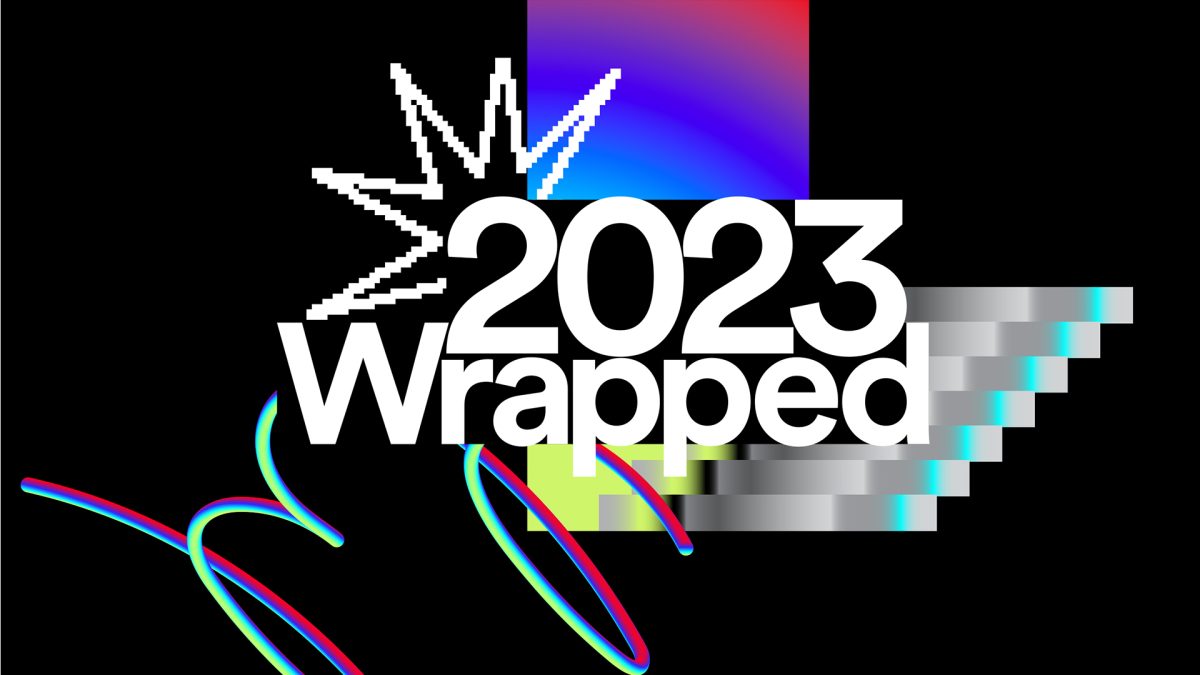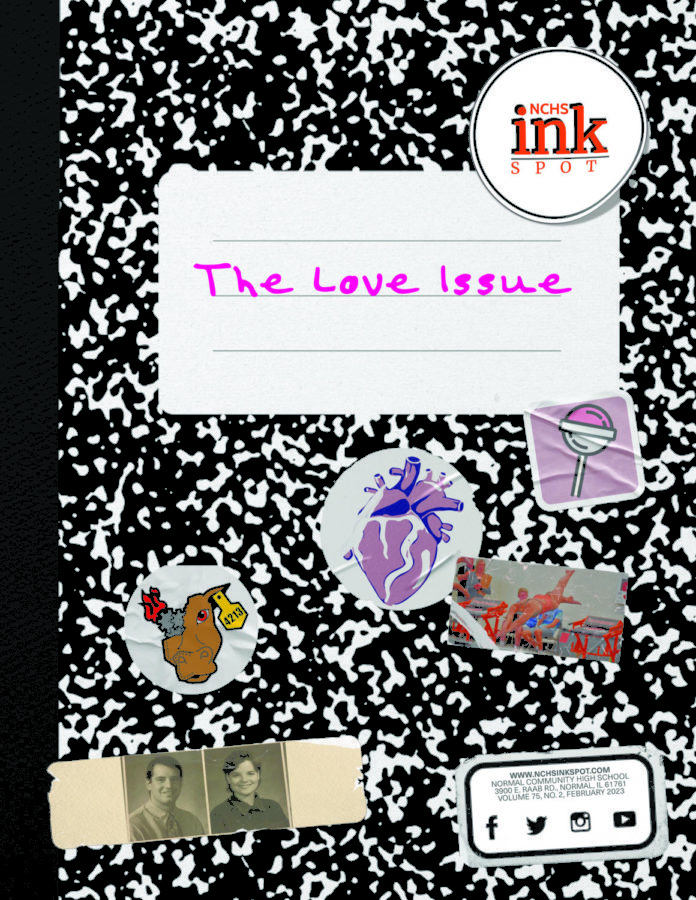You’d be hard-pressed to find someone who hasn’t heard of the King of Monsters.
Since first laying waste to Tokyo in 1954, the grandfather of kaiju has been featured in 38 films, with the latest entry in the Monsterverse franchise, “Godzilla x Kong: The New Empire,” hitting theaters on April 12.
But Godzilla is more than just a monster; he’s a pop culture icon, a metaphor for nuclear anxieties, a Guinness World Record holder…
And while Godzilla’s influence may have started in Japan, his impact in America is clear. Without Godzilla, the genre of giant monsters wreaking havoc wouldn’t exist. There’d be no Mothra, no Ghidorah and certainly no Mecha-Godzilla. No “Pacific Rim” (2013), “Cloverfield” (2008) or “Rampage” (2018).
No medium is safe from Godzilla’s wrath, as the radioactive lizard has clawed his way into animated television, comics, video games and even literature.
Over seven decades, the reptile has continued to shed his skin and evolve Since first emerging from the ashes of Hiroshima and Nagasaki, transforming from a city destroyer rampaging through Tokyo to a tail-sliding, dropping-kicking hero taking on Megladon to something inching ever closer to an eldritch abomination, a terrifying and utterly alien entity.
In honor of the release of “Godzilla x Kong: The New Empire,” let’s dive into Godzilla’s ocean to find which of the monster’s movies reign supreme as the true titan, the ultimate King of the Monsters.
5. “Godzilla vs. Kong” (2021)
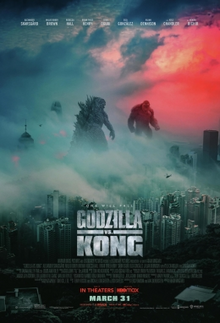
Image Courtesy: Legendary Pictures
While critics hate it, fans love it. Despite what critics may believe, “Godzilla vs. Kong” had an undeniable spot in the creature’s canon.
The film’s March 2021 premiere was a grave challenge, as the COVID-19 pandemic quickly shut down theaters, killing movies on release.
A worldwide pandemic couldn’t stop Godzilla, as fans turned out to witness one of the biggest crossovers in history: a fight between the industry’s biggest titans. “Godzilla vs. Kong” took home nearly $200 million in its first weekend.
And who can blame audiences for finding such a premise enticing? You’re telling me that I can watch a giant lizard and a giant ape punch each other for two straight hours? Sign me up.
The marketing for this film was genius. As a fan of professional fighting, I’ve rarely seen a bout marketed as well as this. Billed as an epic big-screen battle between Skull Island’s mega monsters, the movie “Gotrailer reportedly drew a whopping 25.6 million views in 24 hours on YouTube.
I wasn’t alone in being sucked in by the hype, arguing with my friends over who would win (clearly Godzilla). A marketing strategy that paid off for both the studio and fans.
While this film may have a dull, underdeveloped storyline regarding the human characters, that’s not what anyone bought a ticket to see.
The film delivered where it is counted-providing a blockbuster battle between classic cinema’s two colossal creatures.
“Godzilla vs. Kong” delivered on the promise of the title, allowing millions of children to watch their dreams play out on screen, their two favorite action figures coming to life and beating the crap out of each other.
4. “Godzilla” (1954)
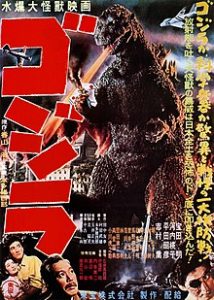
Image Courtesy: Toho Co.
The original “Godzilla” is a far cry from what many of its future adaptations would become. There are no other monsters for a heroic Godzilla to face, no Kong, no Mothra, no giant spiders, no three-headed monsters.
No, there is only the destruction Godzilla reaps.
This version of the giant lizard is neither hero nor villain. He is a million-year-old creature awakened to preserve nature’s balance. He is an atomic abomination. He is the horrors of the nuclear bombings on Japan made flesh. He is a creature of humanity’s creation coming to destroy them.
Godzilla, born in the aftermath of the horrors of Hiroshima and Nagasaki, this monster is a metaphor.
Fresh in the cultural consciousness were nuclear power’s dangers, which is just what Godzilla symbolizes.
He is a walking, stomping, fire-breathing representation of nuclear destruction and the dangers it poses to humanity and the world.
While many Godzilla films would transform the creature into an anti-hero or a savior like the recent Legendary productions, that is not what Godzilla was meant to be.
It is in this theme of tragedy and fear which I believe Godzilla finds most success. Throughout the franchise, the original film does that idea the most justice. In all good monster movies, the monster is more than a monster; they are a mirror reflecting society’s real threats, their real fears and anxieties. In the case of “Godzilla,” that mirror is several stories tall.
Ultimately, despite its age, the film holds up incredibly well, with the visuals holding up better than many of the later films. While the practical effects prevent the movie from feeling dated, the real relevance lies in the theme and message, one that rings true to this very day.
3. “Godzilla: King of the Monsters” (2019)
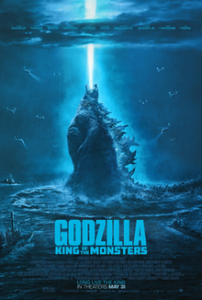
Image Courtesy: Legendary Pictures
Likely the most polarizing of any Godzilla film, the second movie in the Legendary Pictures’ Monsterverse is a guilty pleasure of mine.
The film follows up 2014’s “Godzilla,” which relaunched the character in America after 1998’s middling attempt. It follows the formula of the Japanese sequels, transitioning Godzilla to the starring role and moving away from the more human-centric story.
While the Legendary’s first film finds its meaning as a cautionary tale, warning against humans’ disregard for nature, “Godzilla: King of the Monsters” returns to action figure fun.
“King of the Monsters” delivers an all-star lineup, reintroducing beloved creatures from the original Toho Godzilla films: Kaiju headliners like Mothra, Rodan and the film’s antagonist–and my favorite kaiju–King Ghidorah, a winged three-headed goliath.
Like many Godzilla films, this one falls flat when it comes to telling a human story. In fact, I literally can’t remember a single human scene. That’s a shame, as the movie stars Kyle Chandler (“Friday Night Lights”), Millie Bobbie Brown (“Stranger Things”) and Ken Watanabe (“Batman Begins,” “Inception”).
But when the story focuses on the beasts, you can’t look away. This movie’s visual effects are absolutely brilliant. No other film has convinced me that these giant monsters were fighting in the real world like this one.
Overall, the movie has the best visuals in the entire franchise. With iconic shots such as Ghidorah spreading its wings at the top of a volcano, the cinematography of this movie is beautiful.
And so are the battle scenes. While movies like ‘Godzilla vs. Kong” have amazing fights, they feel cartoonish and over the top. Surprisingly, there is a sense of realism, a dispensation of disbelief, and you genuinely feel like these are two beasts mauling one another.
Factor in the sound design, and “King of the Monsters” cements the film’s legacy with the monsters’ chilling roars and guttural sounds. Ghidorah’s roar alone, calling the other kaiju from atop the volcano, was chilling. And it is just one instance of the cacophony of noises that made the film’s monsters seemingly real.
2. “Shin Godzilla” (2016)
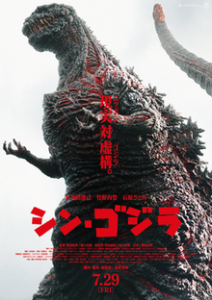
Image Courtesy: Toho Co.
There’s a reason why “Shin Godzilla” frequently tops lists of fans’ favorite versions of the creature.
“Shin Godzilla” relaunched the franchise in Japan after a 12-year hiatus, returning to the original idea of Godzilla.
Shin adapts the 1954 “Godzilla,” modernizing it to reflect the nuclear anxieties of the new millennium, finding inspiration in 2011’s Fukushima nuclear disaster, where a 9.0 magnitude earthquake resulted in the damaged reactors releasing radioactive waste.
This film critiques bureaucracy, condemning government reactions in times of such tragedies, a compelling social commentary.
However, this message comes with the film’s biggest flaw: scenes filled with drawn-out governmental meetings that are lackluster and dull.
But what the movie lacks in its presentation of the human characters and its political plotlines, it more than makes up for plenty of pure entertainment: mastering the portrayal of the titular monster.
2016’s depiction of Godzilla is the monster at his most terrifying. The creature begins the film looking nothing like the monster we’ve come to know, undergoing a series of painful evolutions, each more horrifying than the one before.
This Godzilla isn’t a purely malicious being here to destroy humanity. It’s an abomination, an affront to nature, crawling its way onto land and vomiting blood. It is forced into eternal suffering and evolution as a result of radiation. And so, too, must humans suffer, as that blood mutates everything it touches.
This grotesque, sickly Godzilla recaptures the essence of Godzilla when the monster was introduced 60 years earlier. It represents the dangers humanity poses to itself. The film is a haunting reminder of just how easily man’s incompetence can create calamity.
1. “Godzilla Minus One” (2023)
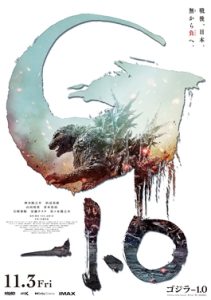
Image Courtesy: Toho Co.
Amidst a WWII battle, a Japanese kamikaze pilot is unable to complete his duty.
A coward, unable to go through with his mission. Unable to sacrifice himself, the soldier feigns technical issues to preserve his own life, returning to base.
Emerging from the darkness, Godzilla strikes, terrorizing the military base. As the battle rages and bullets fly again, the pilot again finds himself frozen in fear, unable to join the fray.
As the sun rises, the coward remains one of the lone survivors to escape with his life.
After 70 years, “Godzilla Minus One” accomplished one of the franchise’s most glaring flaws: it presents a compelling human story, telling the tale of Shikishima’s survivors’ guilt and demonstrating a truly dynamic character.
In most Godzilla films, the draw is the big man himself. This is not a genre built on character arcs or exposition. Traditionally, that’s all filler, plodding along until the film’s set pieces, the battle scenes.
But “Godzilla Minus One” is more than that; it’s the story of a broken man, a man in ruins. A man whose cowardice is the reason the country lost the war. Whose inability to show courage is the reason children are orphaned, wives are widowed, houses are destroyed, and entire families are wiped out.
While Godzilla still serves as a symbol of atomic fear, something reiterated by the 1940s setting, the monster is more than that. He is a physical manifestation of Shikishima’s guilt.
As Shikishima begins to rebuild his life and to find happiness, Godzilla returns to rob him of his joy.
There is no running this time; he must face the monster if he wishes to protect those he loves.
While in Legendary Pictures’ Godzilla films, you never really need to fear for the human main characters, here, the stakes are real, and no one is safe.
With the possibility that any of the fantastic cast could meet their demise, you’re emotionally invested, sweating as the walking calamity threatens the characters. Defeating Godzilla seems not just improbable but impossible. At times, you find yourself questioning how even a single character will escape the film unscathed.
This film is breathtaking. With only a $15 million budget, it won the 2023 Best Visual Effects Academy Award, granting Godzilla his first Oscar.
The visuals leave you in awe from the moment Godzilla’s dorsal fins first protrude from his back, emitting a bluish glow. And while scenes of monsters’ iconic atomic breath are breathtaking, they pale in comparison to the film’s ability to generate tension.
The entire film is a stomach-churning emotional journey, climaxing with one of the most incredible and most inspiring moments in film history, proving itself as the king of Godzilla movies.

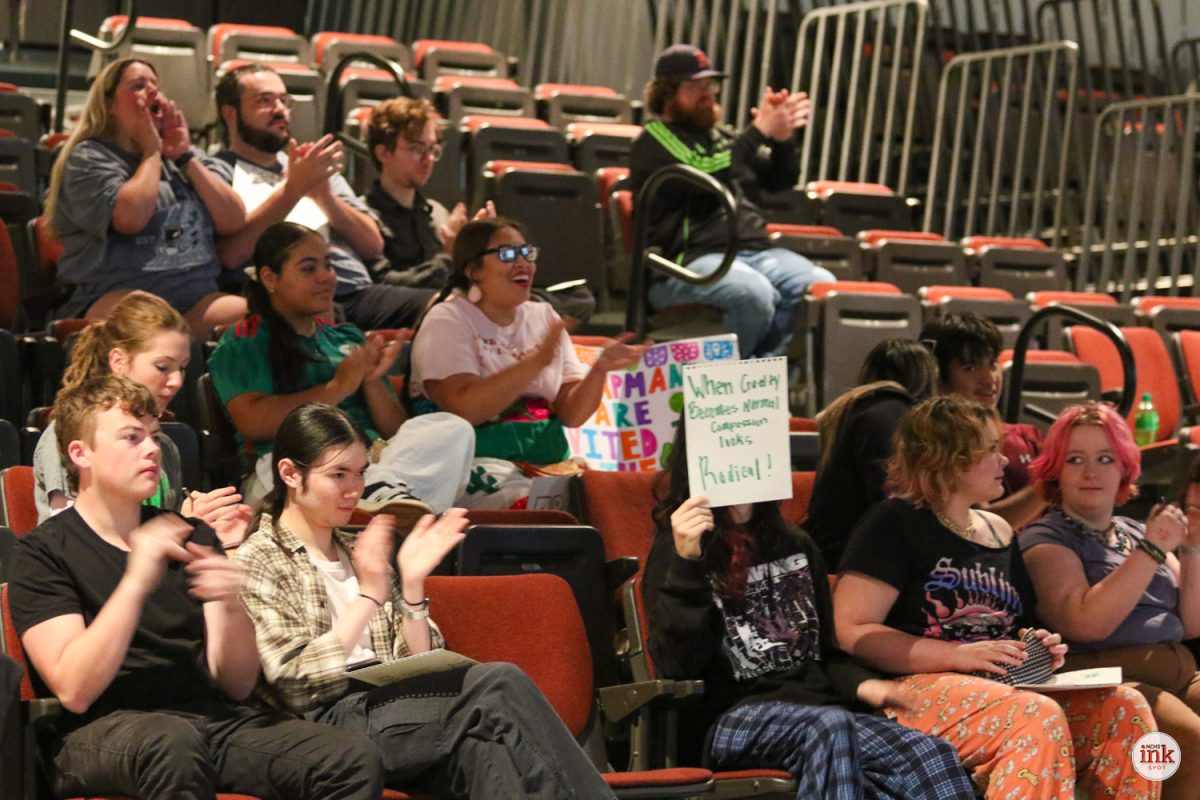
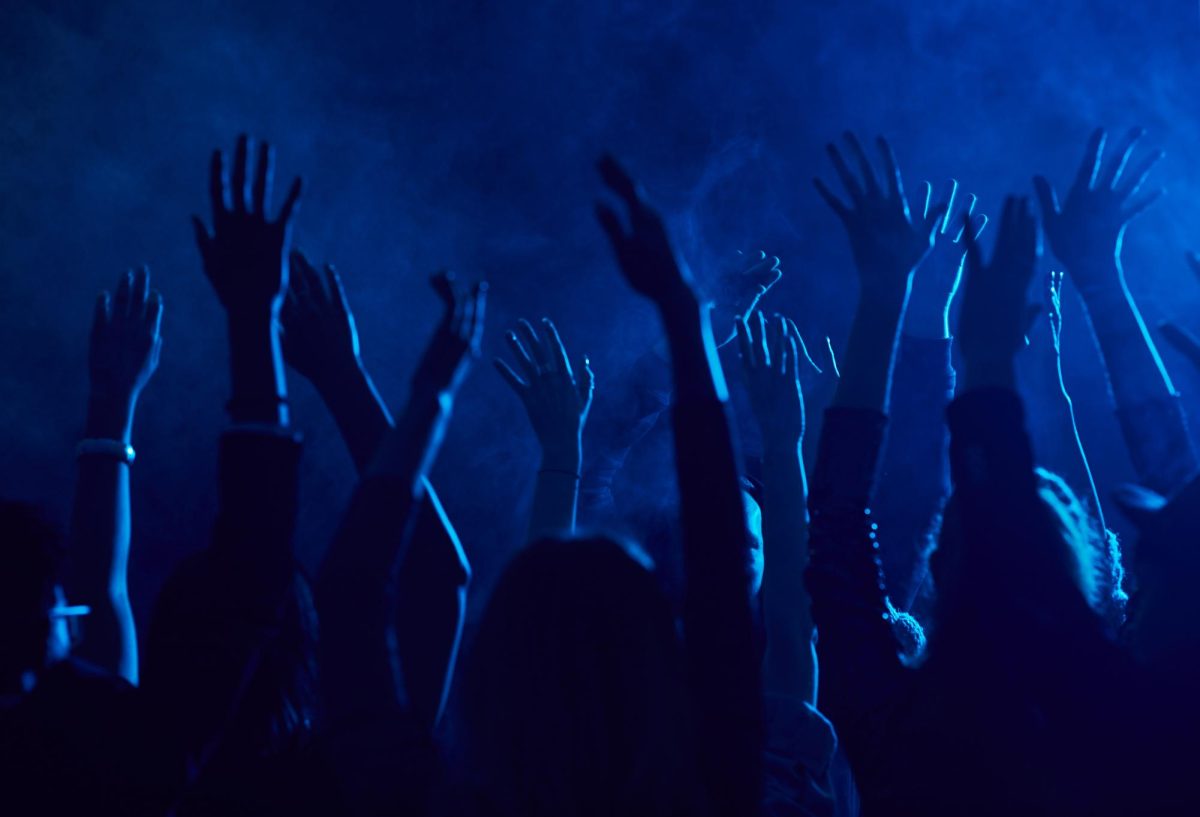
![Community honors longtime coach Mr. Bryan Thomas before Oct. 3 game [photo gallery]](https://nchsinkspot.com/wp-content/uploads/2025/10/Thomas-6-1200x1200.jpg)

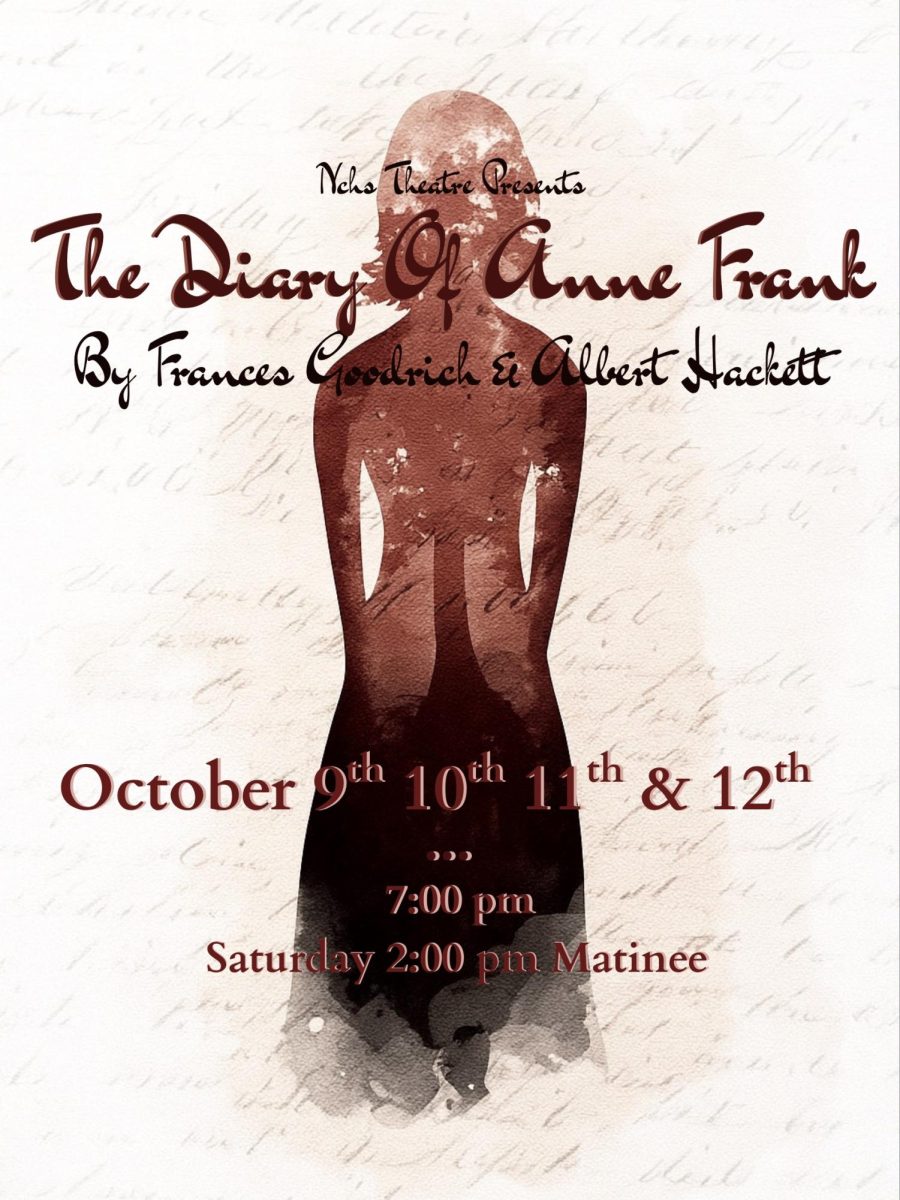




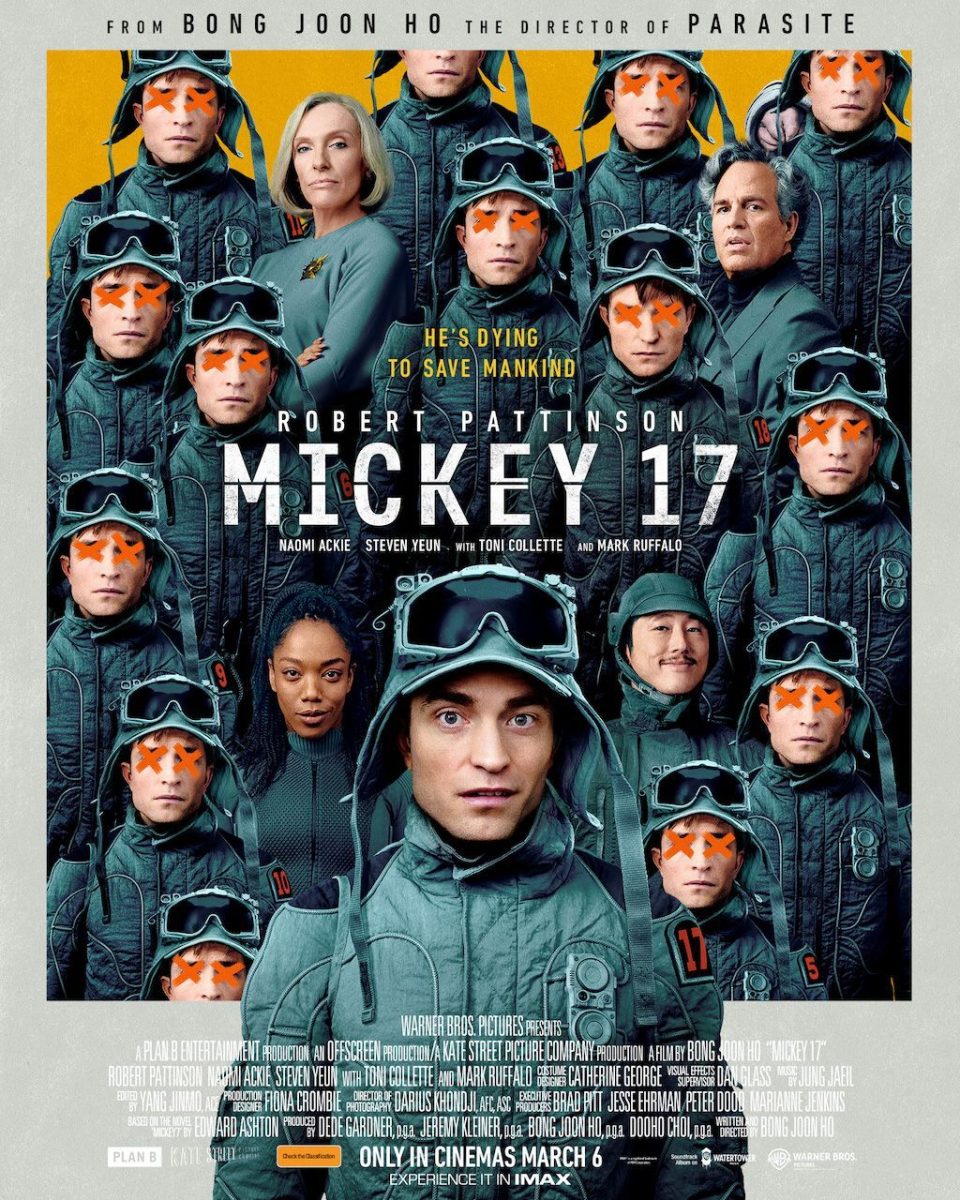
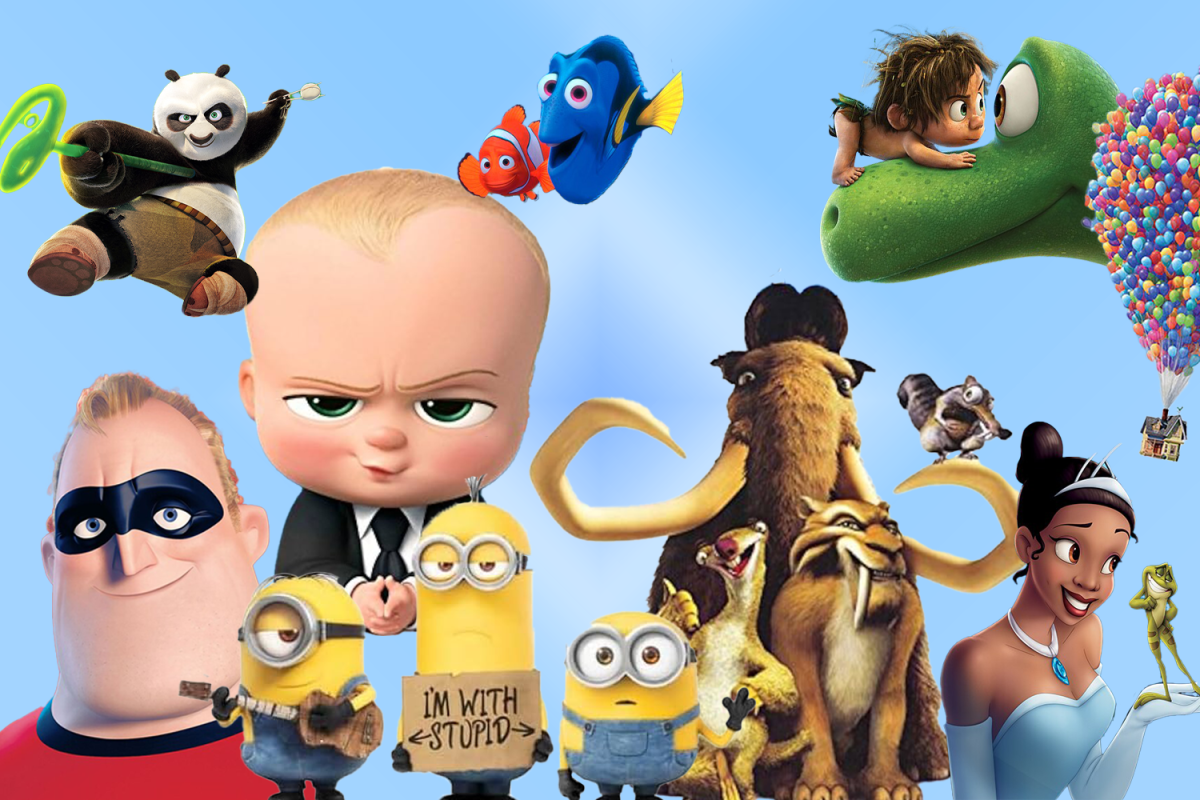

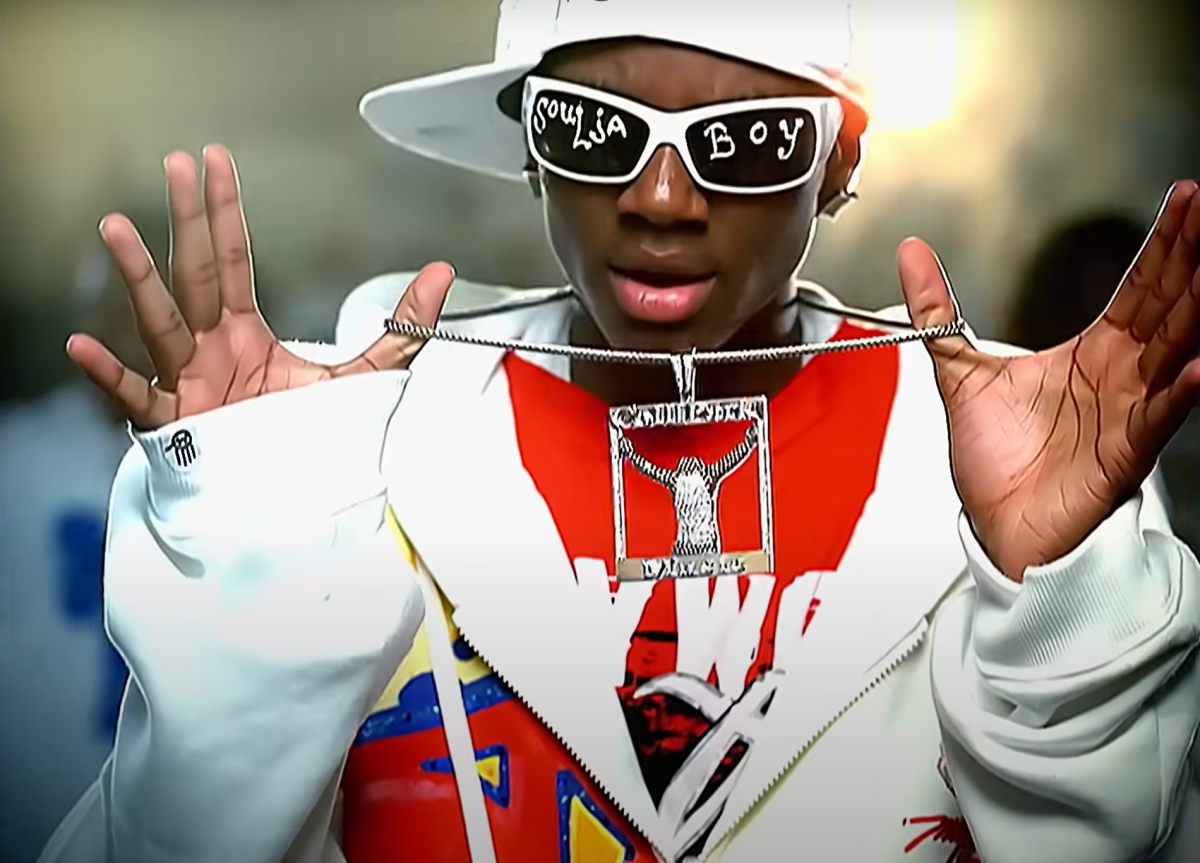
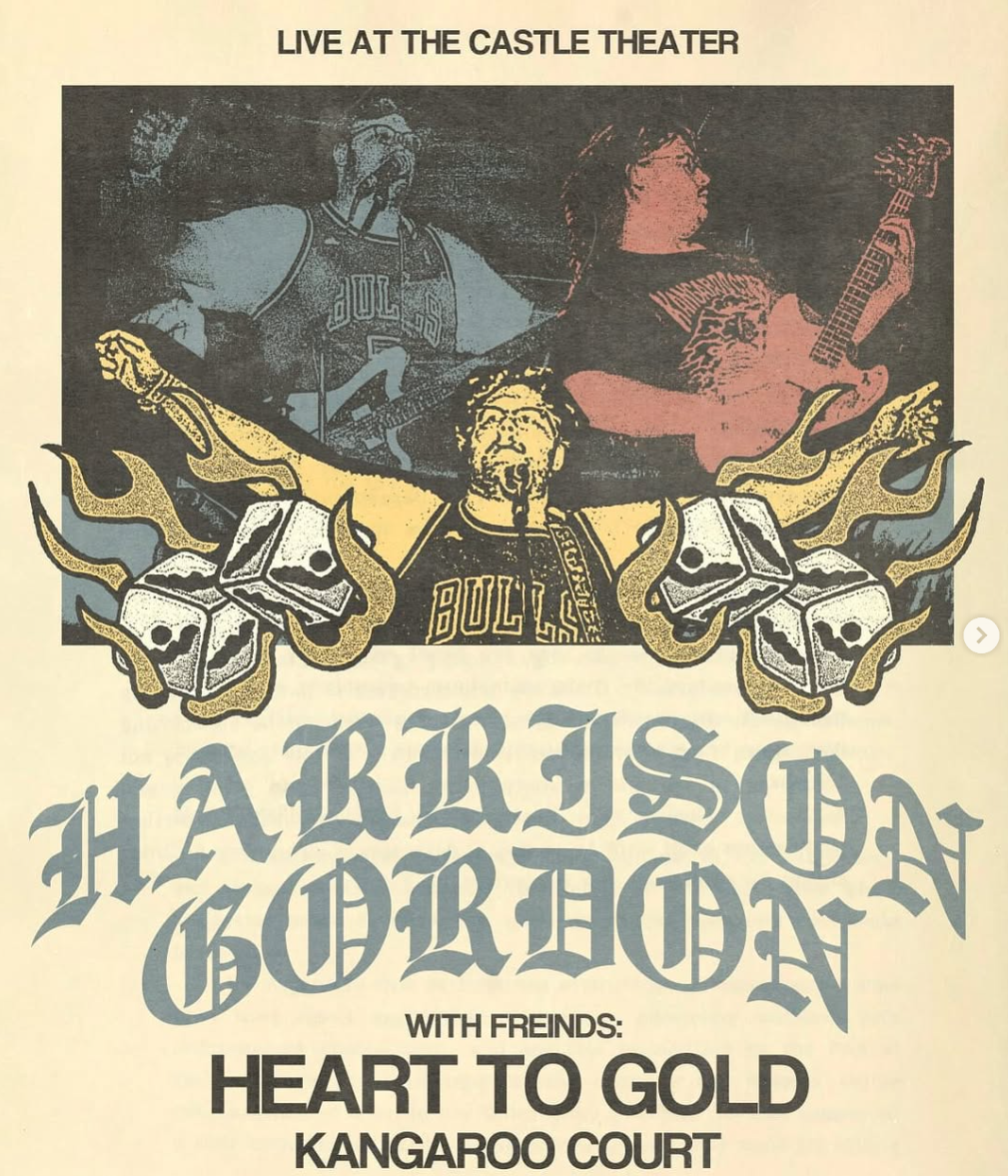
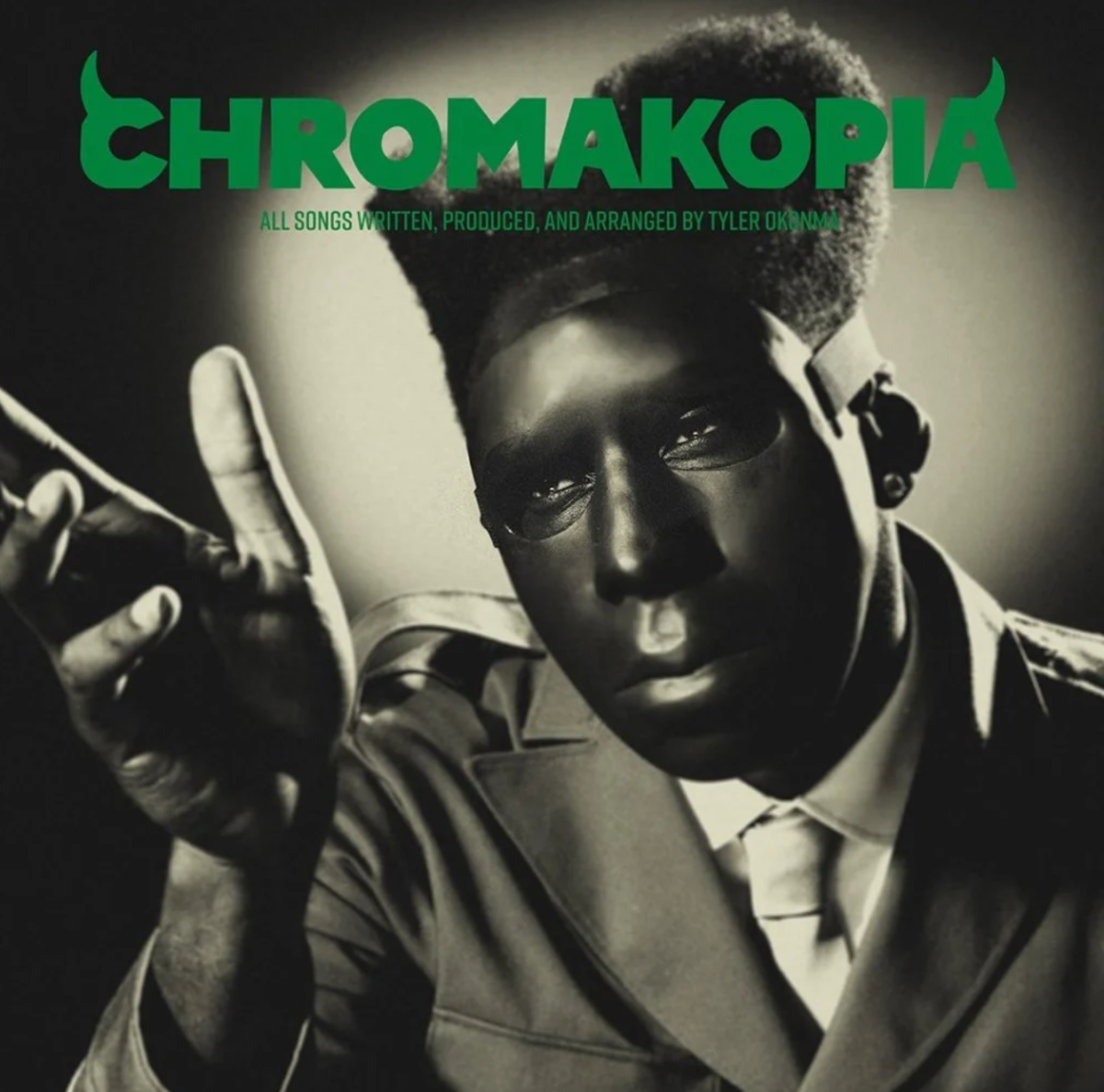

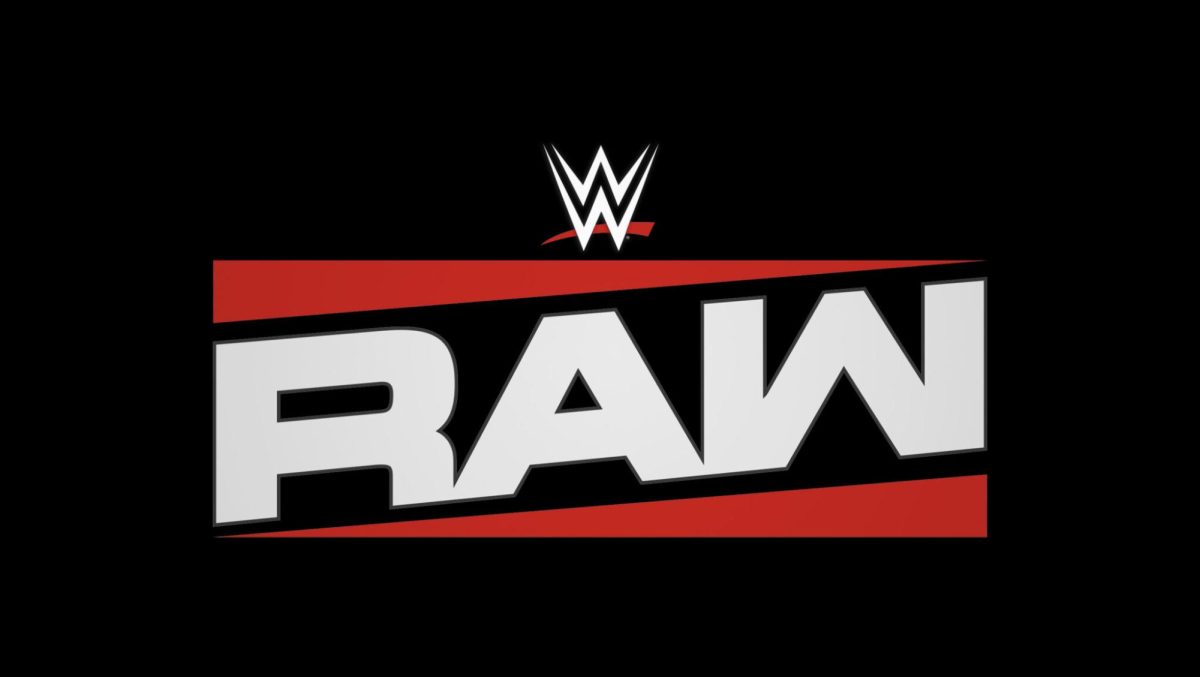
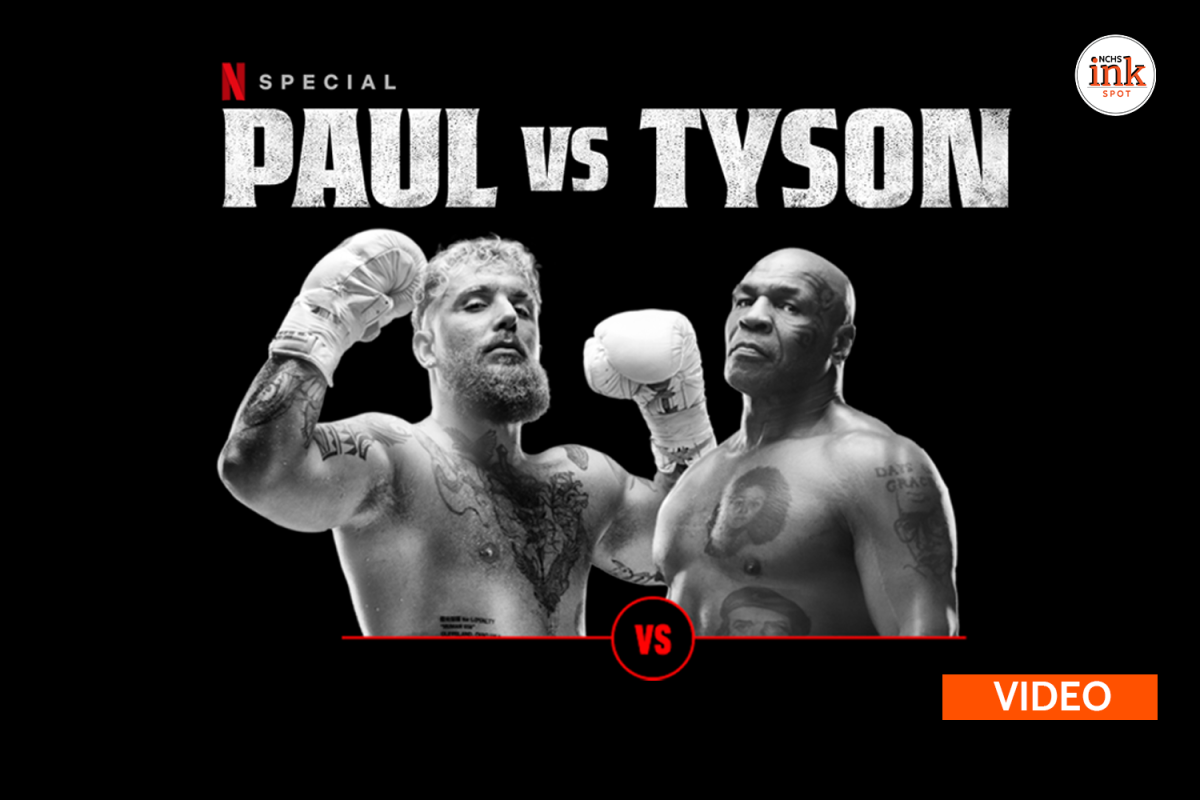


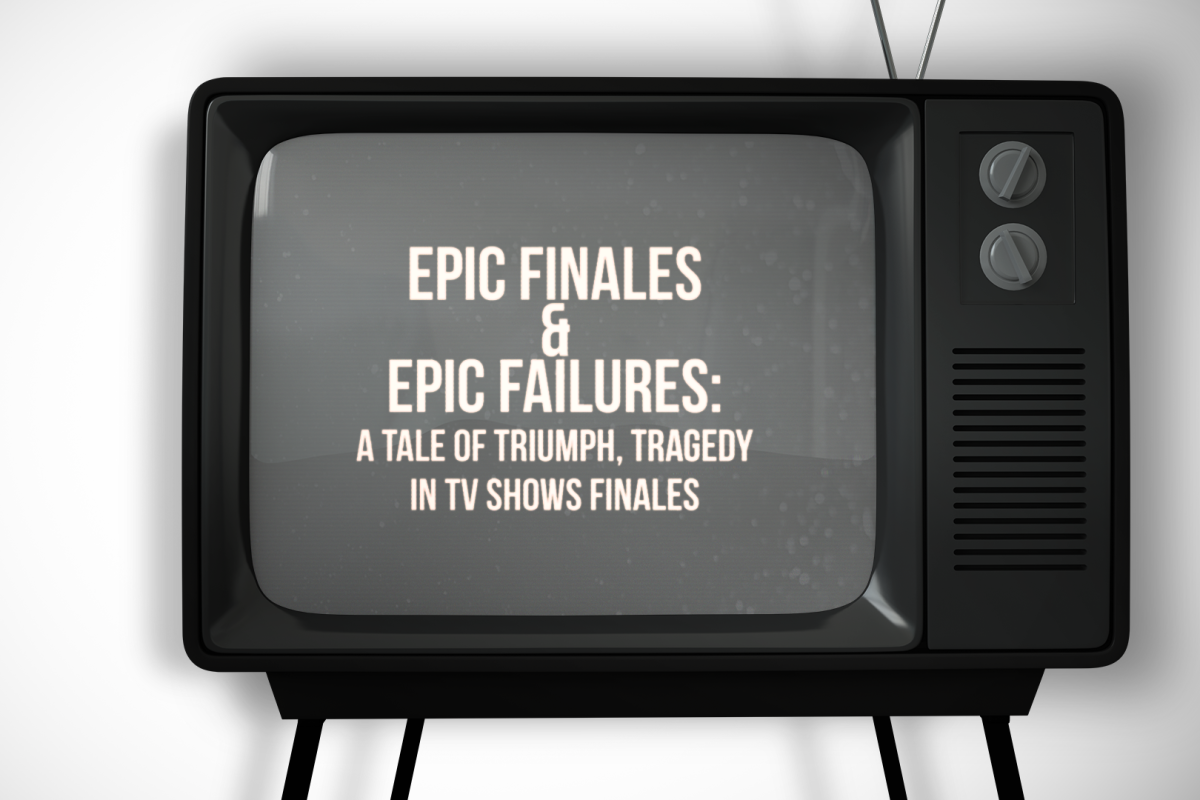
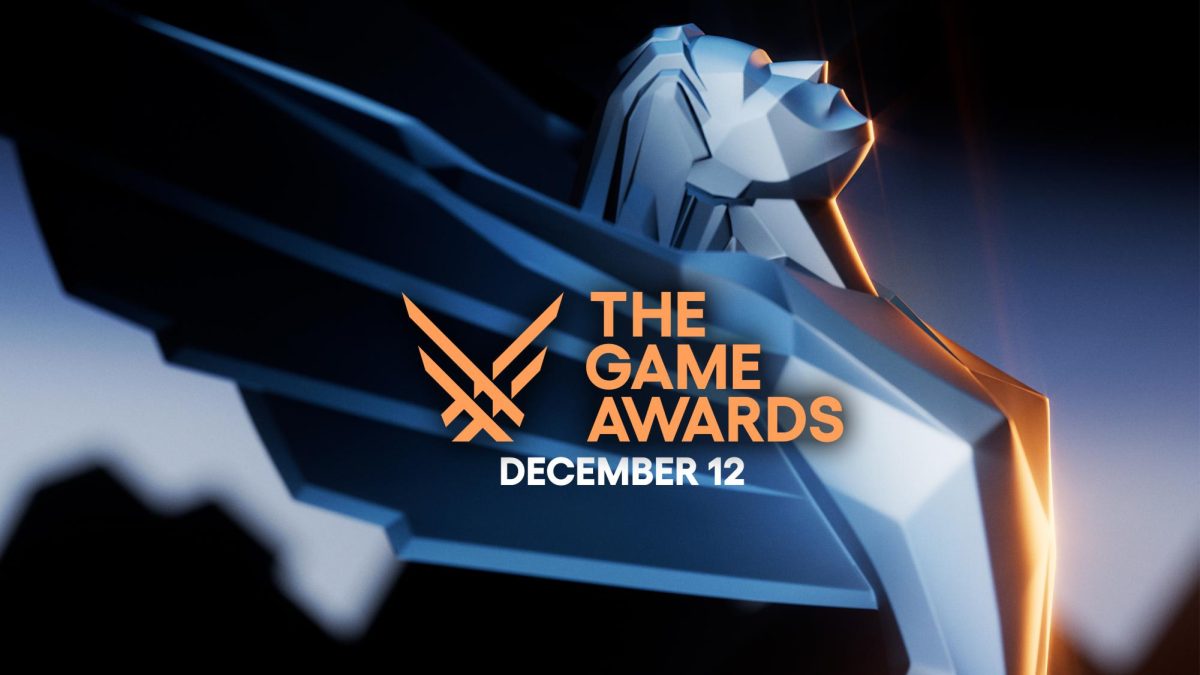
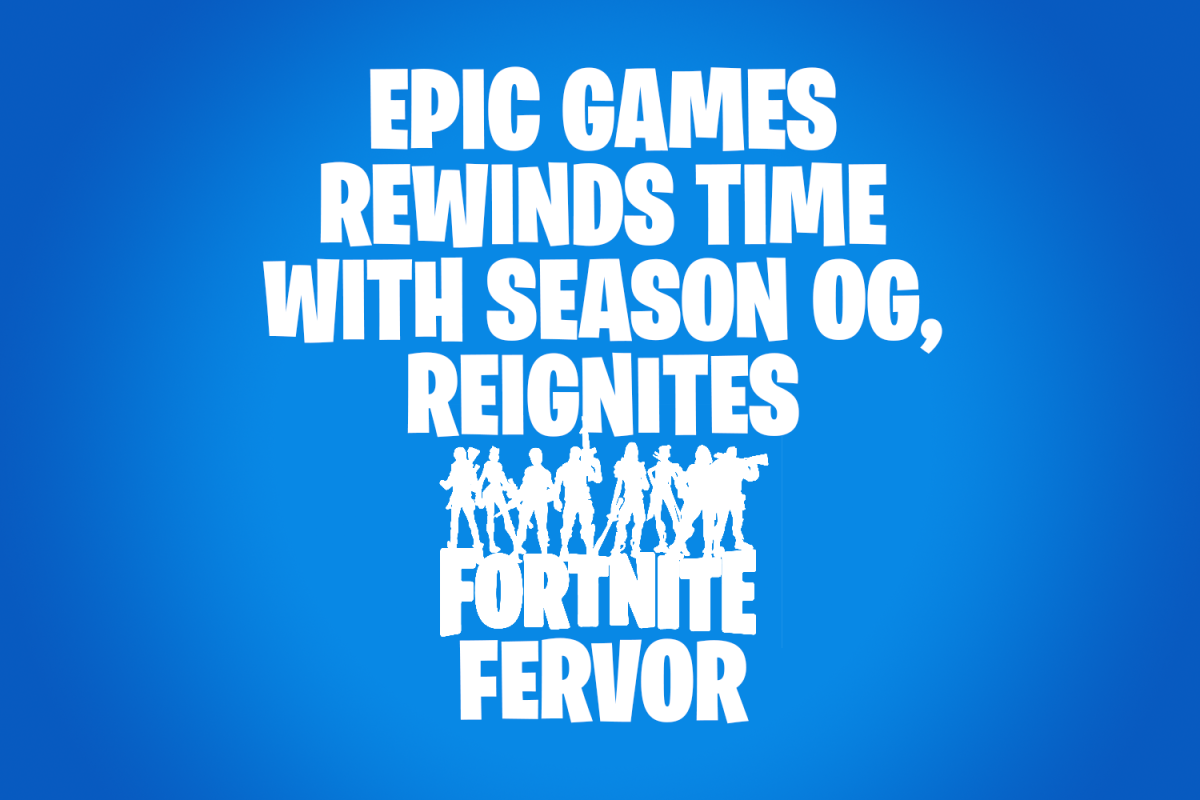
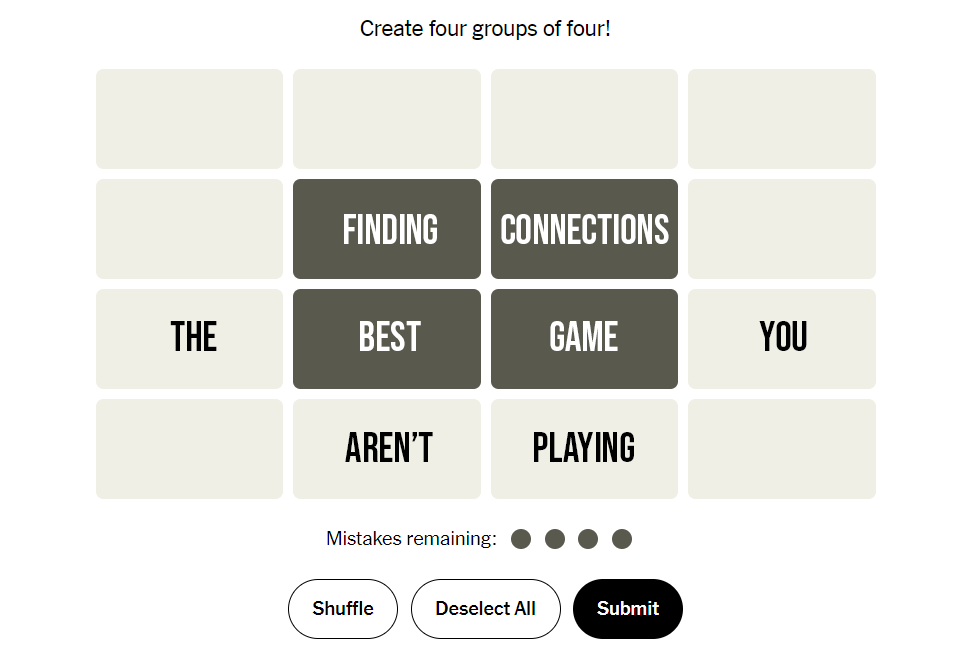
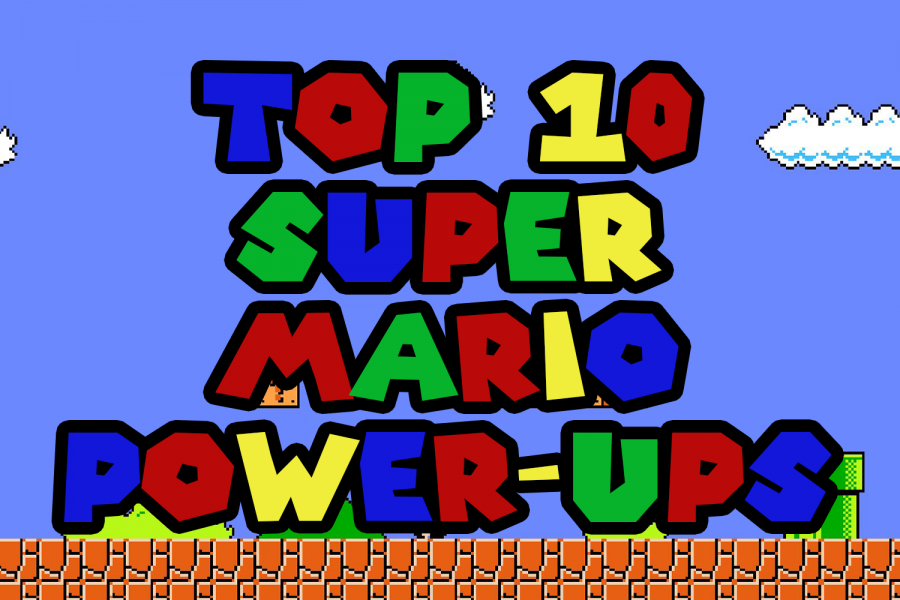

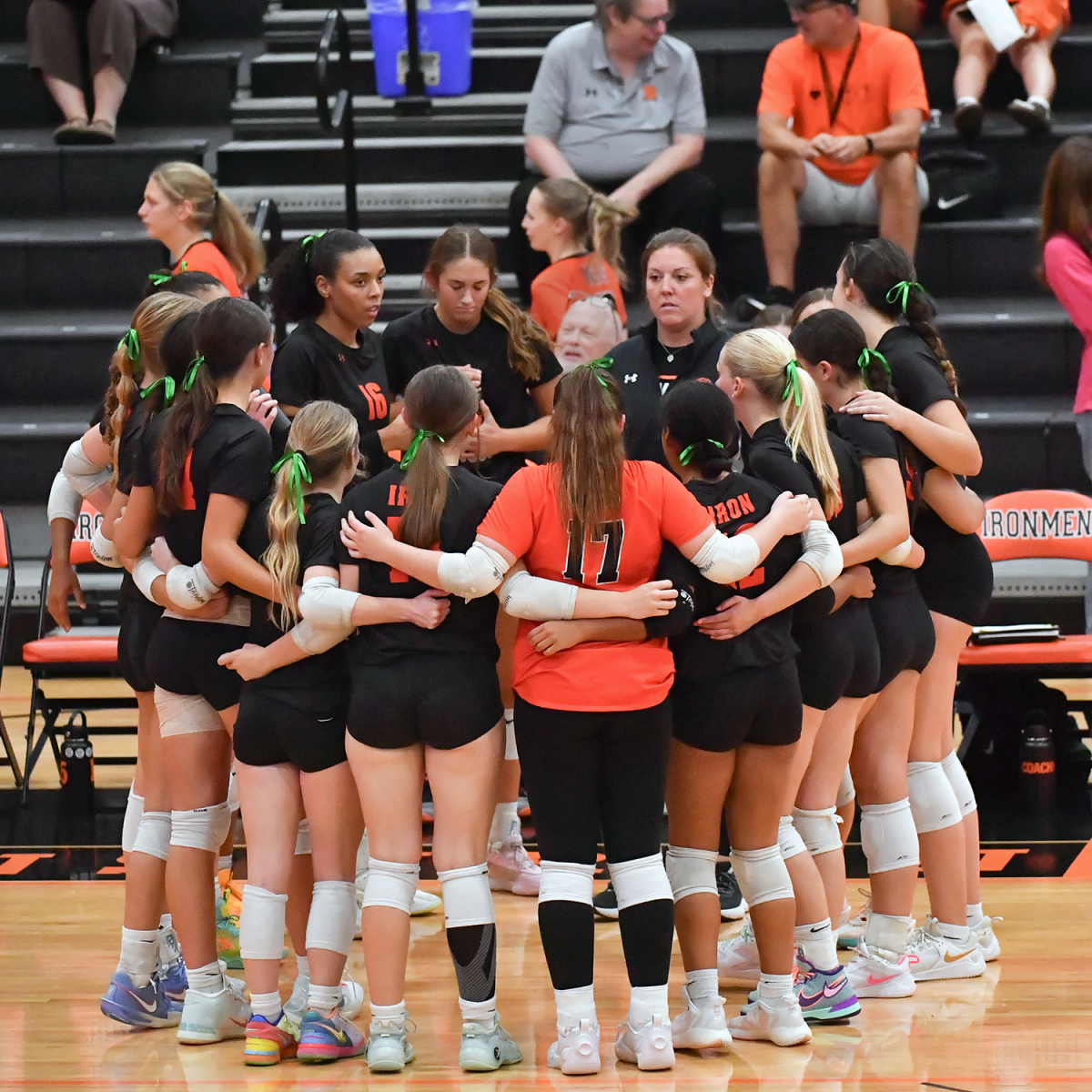


![Ironmen volleball head coach Ms. Christine Konopasek recorded her 400th career victory Oct. 21 as the Ironmen closed their regular season with a 2-0 sweep over Danville.
[Photo Illustration]](https://nchsinkspot.com/wp-content/uploads/2025/10/Vball400Thumb.png)

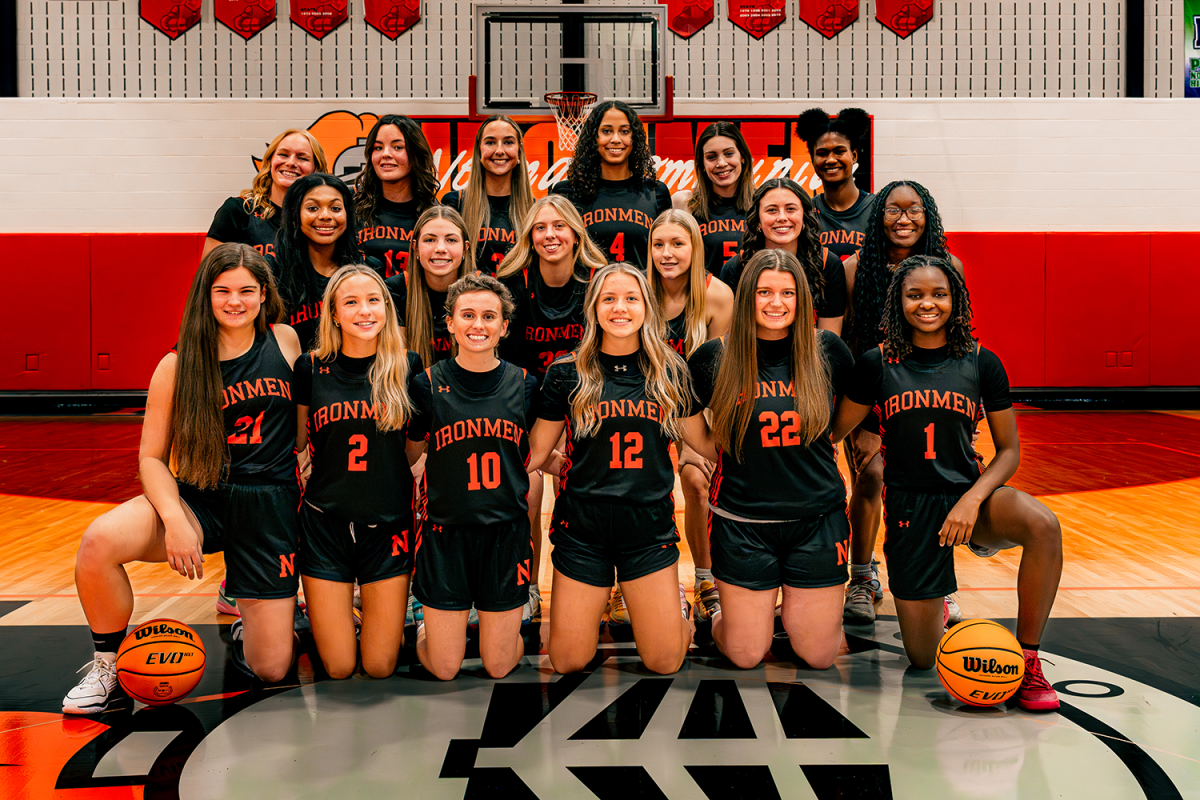





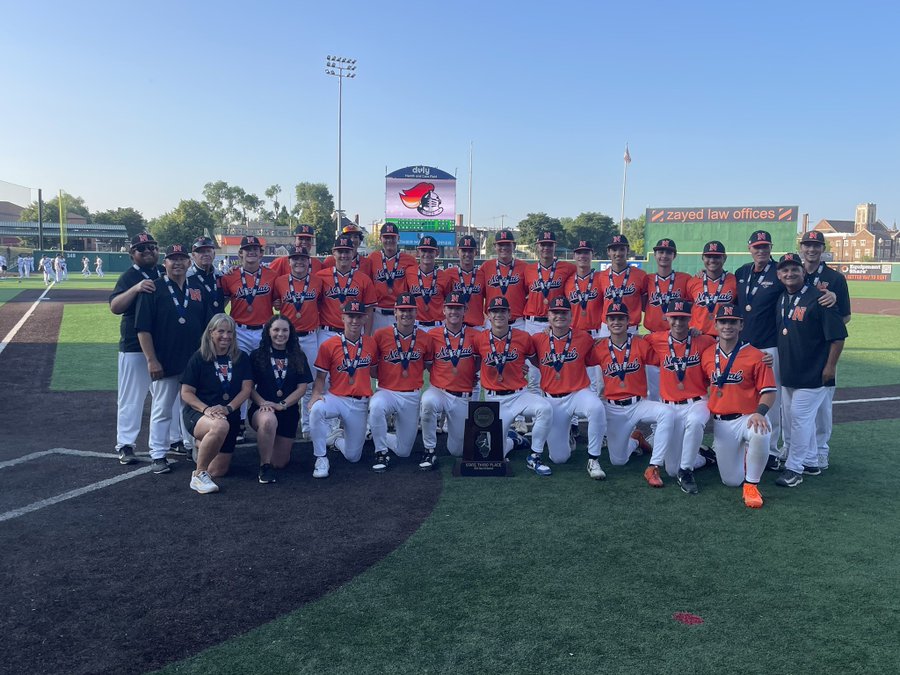







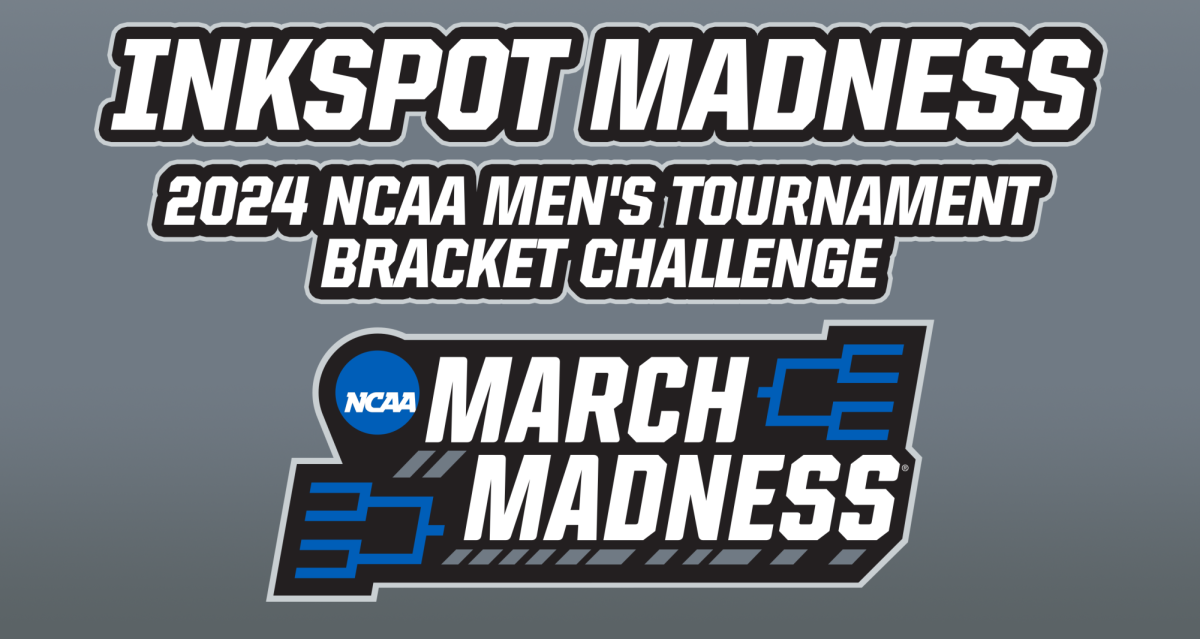
![Halloween candy cross section quiz [quiz]](https://nchsinkspot.com/wp-content/uploads/2022/10/Candy-cover-big-900x675.png)
![Average Jonah? [quiz]](https://nchsinkspot.com/wp-content/uploads/2022/05/average-jonah-900x600.png)


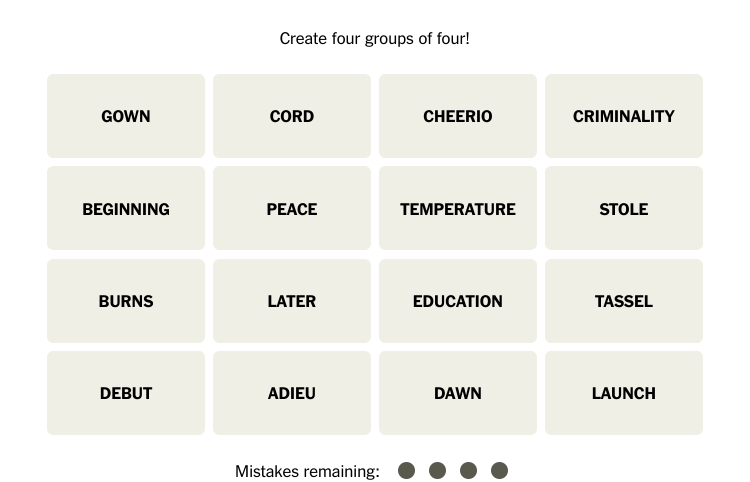
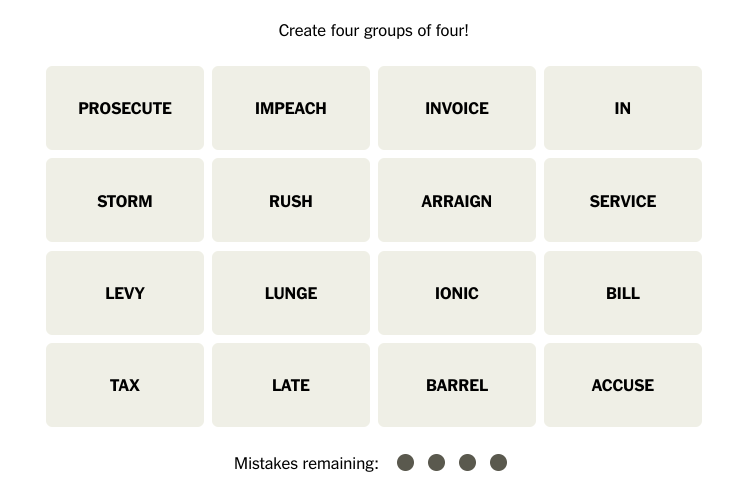
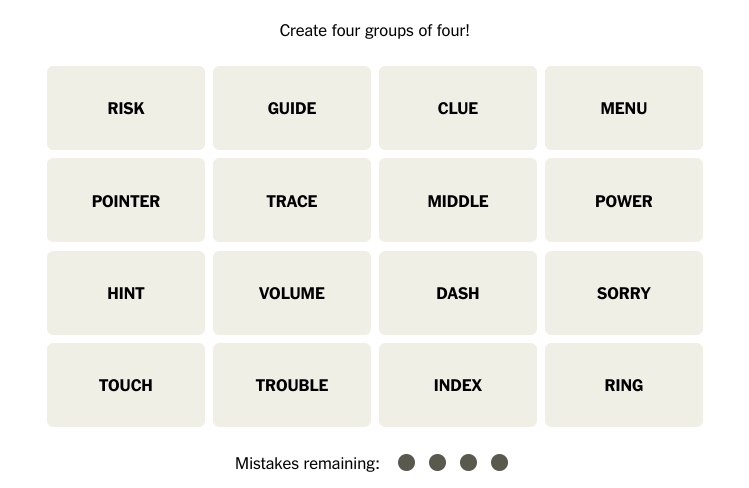
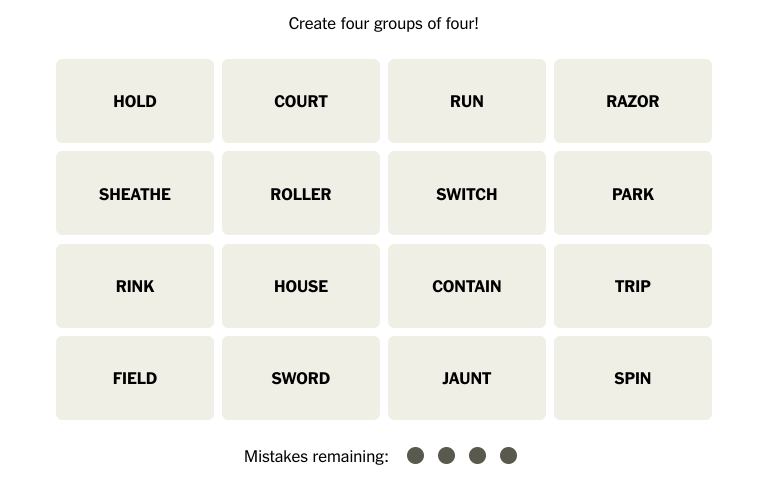

![[Photo Illustration]](https://nchsinkspot.com/wp-content/uploads/2025/09/trigger-words-1.png)

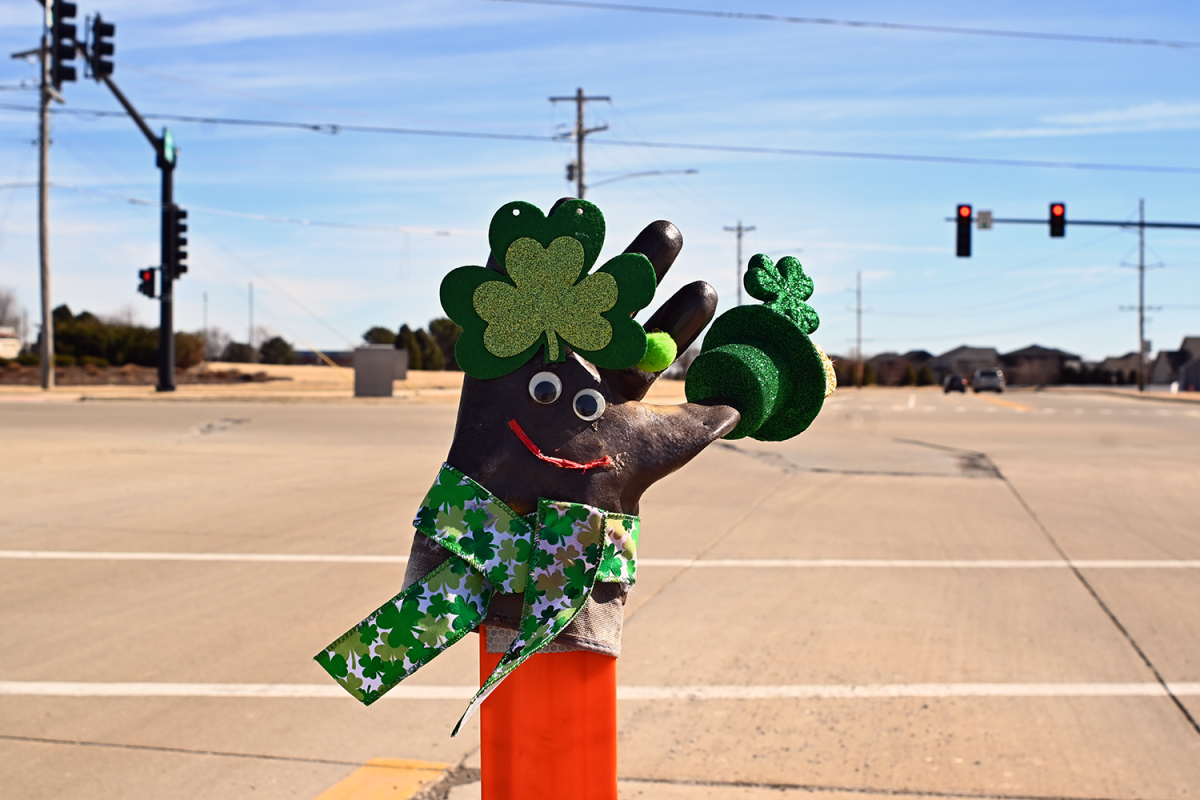

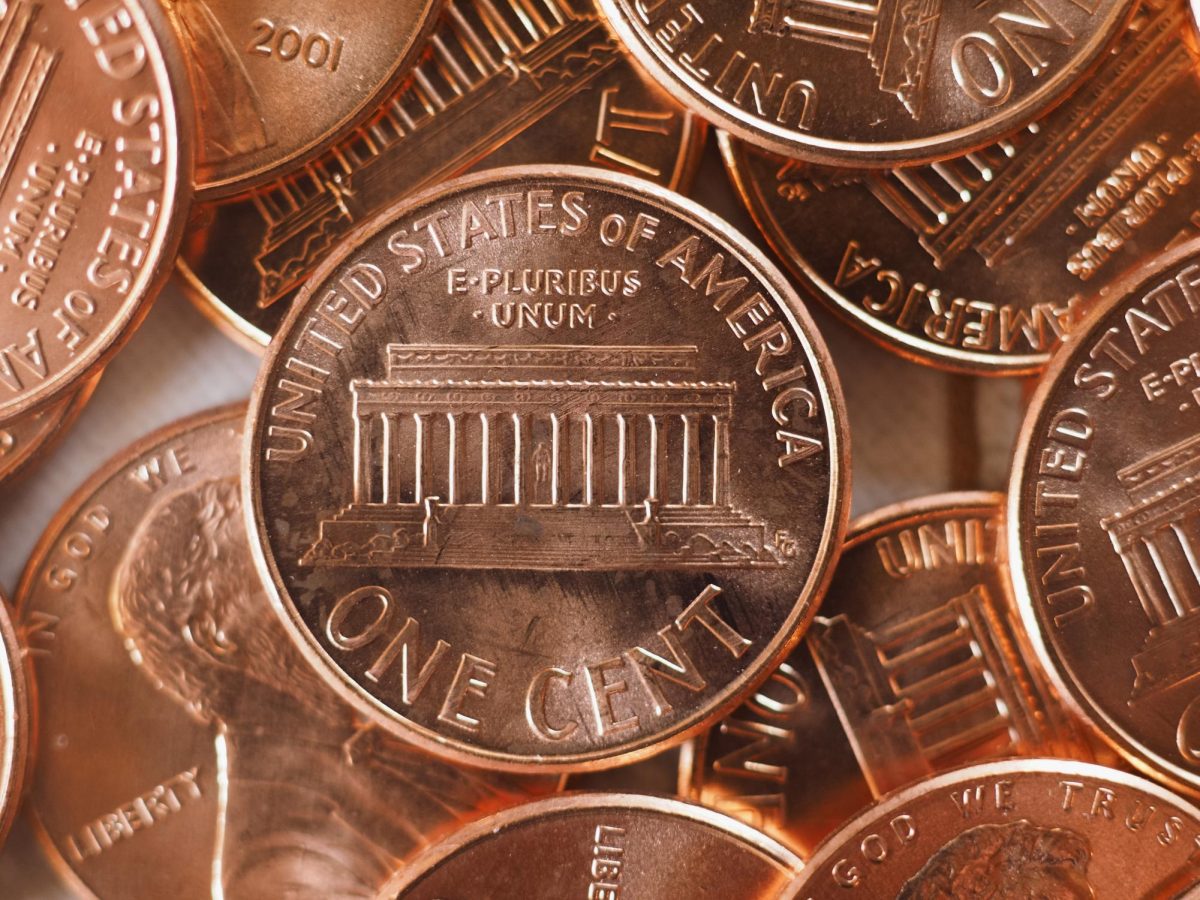



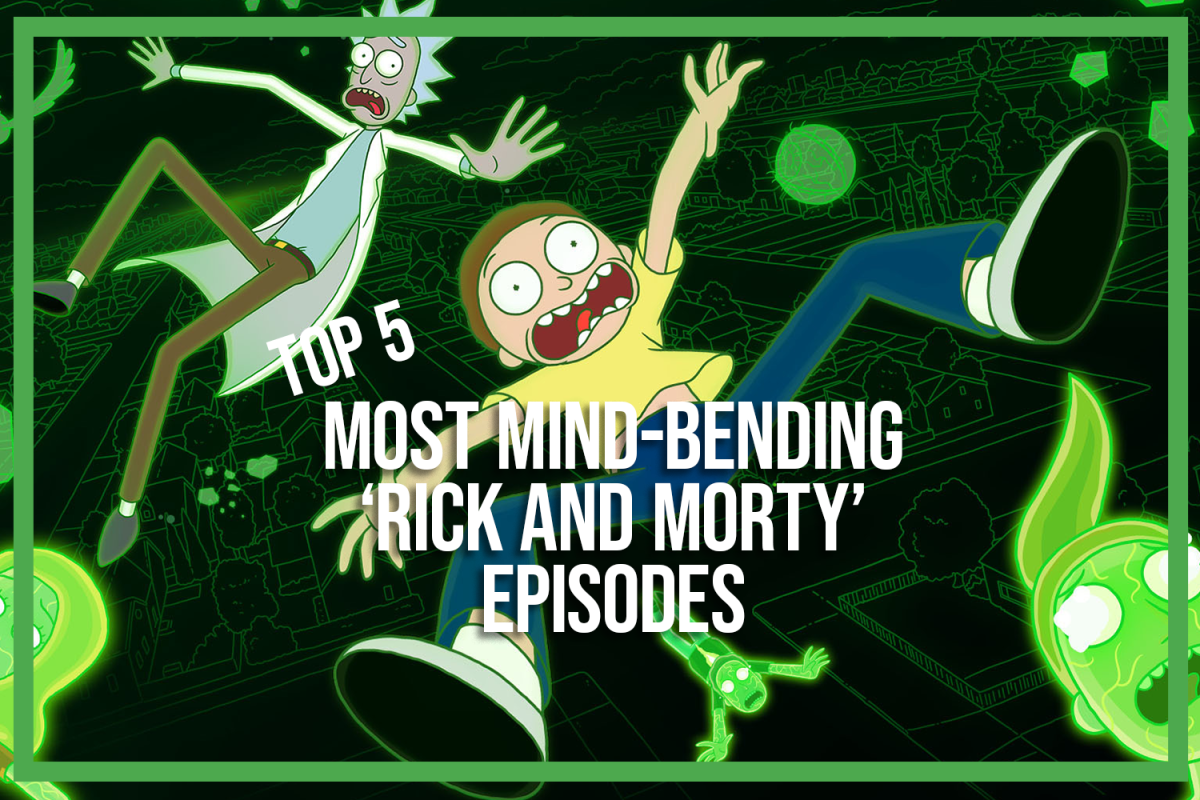
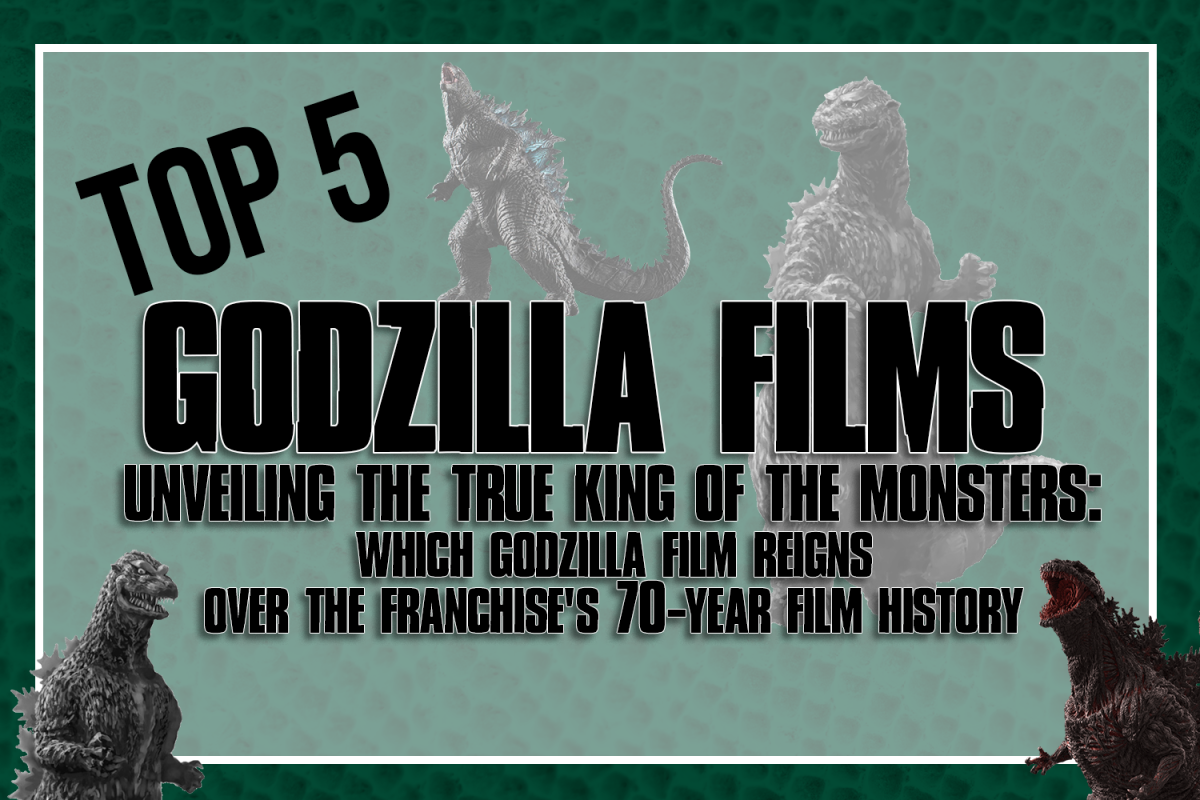

![Week 9: Coach Drengwitz on Week 8’s win, previewing Peoria High [video]](https://nchsinkspot.com/wp-content/uploads/2025/10/W9_PeoriaThumb.png)
![Postgame: Drengwitz on Community’s 56-6 win over Champaign Centennial; staying unbeaten in Big 12 [video]](https://nchsinkspot.com/wp-content/uploads/2025/10/10.17_FBwChampCent56-6_POST_thumb.png)
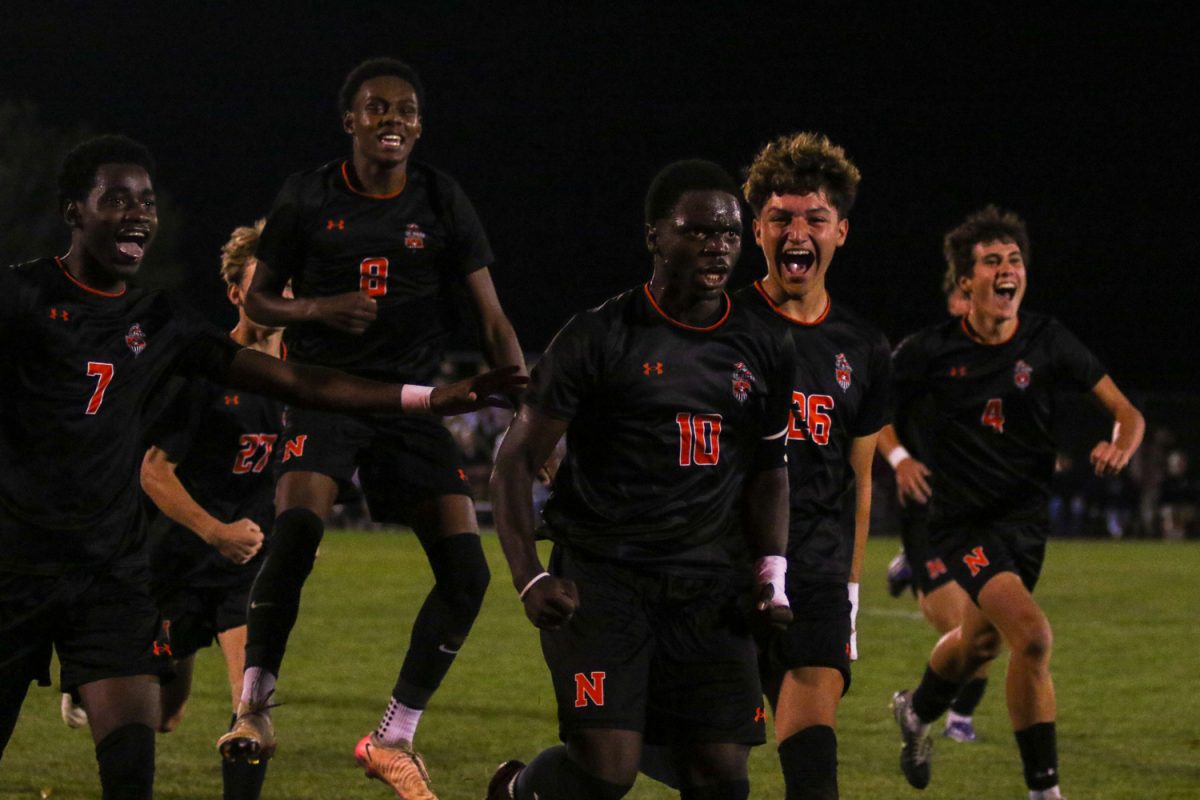



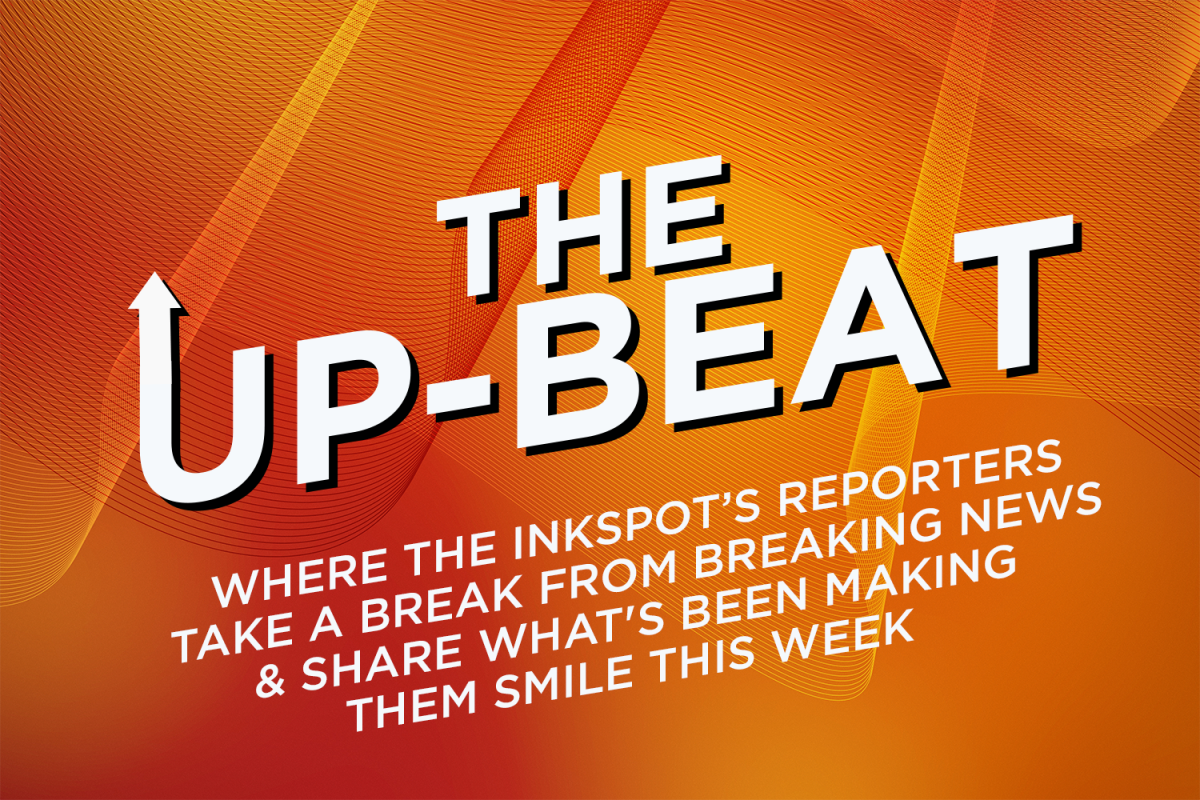
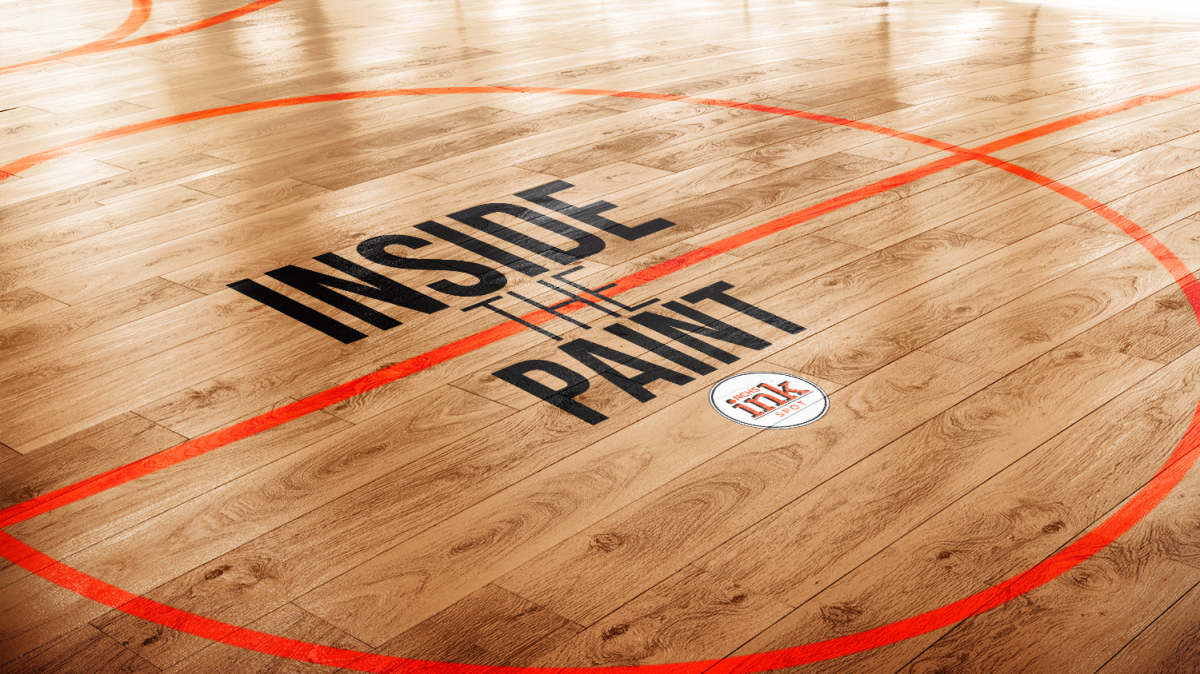

![Week 7: Coach Drengwitz recaps the Ironmen’s win over Bloomington, talks Danville [video]](https://nchsinkspot.com/wp-content/uploads/2025/10/Vikings-feature-Image-1200x675.png)
![On the Spot: This or That – Halloween [video]](https://nchsinkspot.com/wp-content/uploads/2024/10/tot-Halloween-YT-1200x675.png)
![On the Spot: This or That – Fall favorites [video]](https://nchsinkspot.com/wp-content/uploads/2024/10/ots-fall-web-1200x800.png)
![On the Spot – Teachers tested on 2023’s hottest words [video]](https://nchsinkspot.com/wp-content/uploads/2024/01/On-the-Spot-Teachers-tested-1200x675.png)
